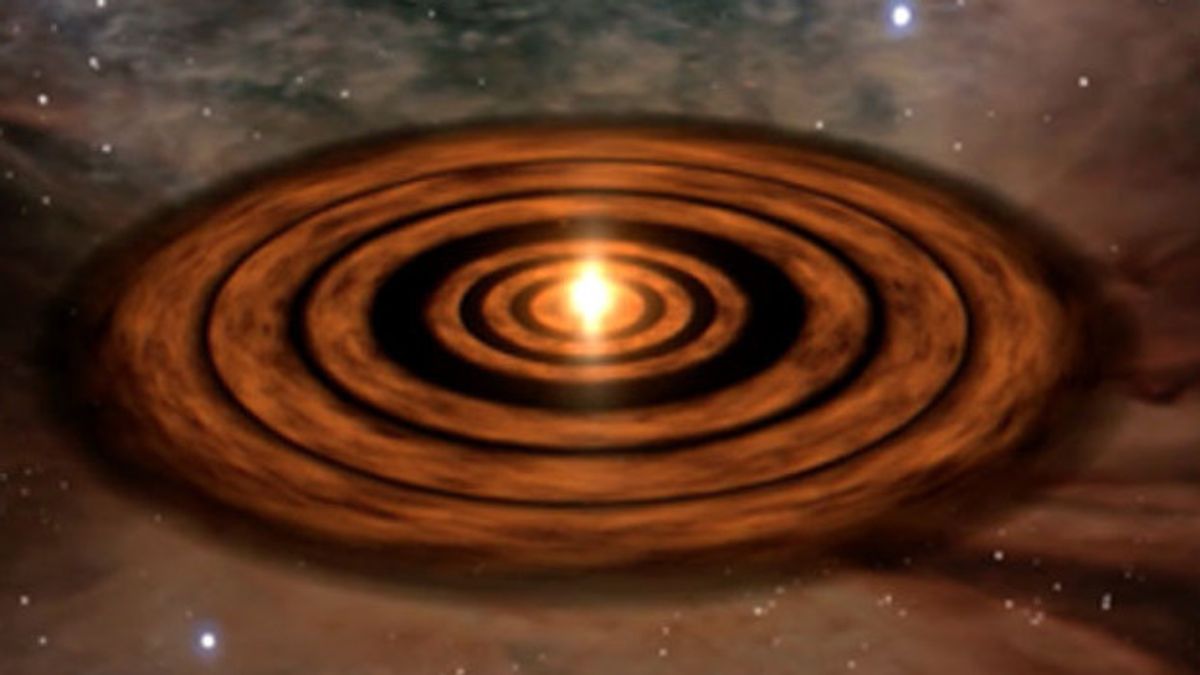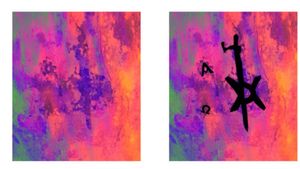JAKARTA - United States Aeronautics and Space Administration (NASA) researchers conducted research on habitable exoplanets that are the size of Earth using the James Webb Space Telescope.
By stopping in front of their host stars, Webb will observe and characterize the atmospheres of several exoplanets orbiting in the habitable zone around their stars.
In the results of the latest Webb study, researchers found good news. This telescope is capable of detecting various gases in the atmospheres of exoplanets that may be signs of life.
The research results show that Webb can detect the presence and abundance of gas. A number of these gases are related to the condition of the planet's surface which is suitable for habitation.
This abundance of gas also shows biosignatures or signs of life from the past and present as well as technosignatures or signs of the presence of technologically advanced civilizations in the atmospheres of planets like Earth.
اقرأ أيضا:
Meanwhile, before the results of this new study were made, NASA had released the discovery of a new method to help Webb study the atmospheres of exoplanets around white dwarf stars using the latest methods.
The researchers developed a new method with the Mid-Infrared Instrument (MIRI). This method is built on a well-established technique known as the IR excess method.
This new method is able to help Webb identify various objects in the habitable zone of stars, such as super-Earths, Earth-sized planets and hot Mercury analogues.
The English, Chinese, Japanese, Arabic, and French versions are automatically generated by the AI. So there may still be inaccuracies in translating, please always see Indonesian as our main language. (system supported by DigitalSiber.id)


















